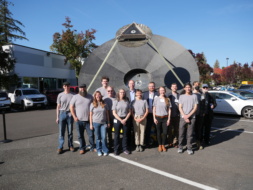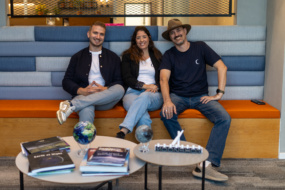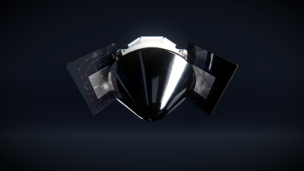If you told Stephanie Gavell the problem wasn’t rocket science, she didn’t want to be a part of it.
Gavell is a senior turbo engineer at propulsion startup Ursa Major. She started at the company when it was a small team of 40, and quickly became a key player in building out two of Ursa Major’s products: Ripley, a massive liquid rocket engine built for small-medium launch, and Draper, a storable liquid engine used in the defense and hypersonics sectors.
Hard problems: Gavell isn’t the kind of person who dreamed of going to space. While studying mechanical engineering in college, she sought to find the most complicated problems in her field—and found them in rocketry.
“I had never heard of [Ursa Major], but when I heard that they were designing rocket engines, I was immediately sold—like I said, I was seeking the most difficult problems that I could find,” she said. “The engineering work is highly challenging, trying to close designs with some of the most extreme conditions, materials, and loading that an engineer can face.”
US-made: As the test lead for Ripley, Gavell directed the design of the turbo pump assembly and led hotfire testing. She is now doing the same with Draper, designing a build for an engine that will soon be in the hands of the US Air Force to bolster its competition with Russia and China on hypersonic defense. It is expected to hotfire in 2024.
“I think that advancing rocket engine technology and bringing the design and manufacturing into the United States is one of the most important ways to further the space industry and open up new opportunities for space exploration,” Gavell said. “I would like to help make American-made rocket engines the new global standard for high performance.”




